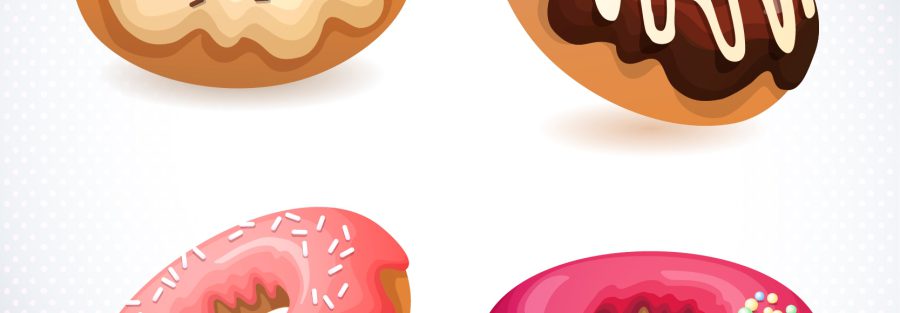Have you ever wondered why you do what you do? Some decisions are conscious choices, but more than 40 percent of the things we do aren’t. They are habits and routines of behavior that we have developed over time. They are things that we repeate regularly and tend to occur subconsciously. This explains why we snack on unhealthy foods, smoke cigarettes when we don’t want to, spend more than we earn, watch too much TV, or always are late to meetings.
How do you stop bad habits and create good habits? It is much harder than it seems, which is why only 8 percent of people reach their New Year’s resolutions.
According to Charles Duhigg, author of The Power of Habit, you can’t change habits by “powering through” them. This is one of the biggest myths out there. Your willpower is like a muscle, and it gets exhausted throughout the day. This explains why at the end of the day it is much harder to keep to your diet than in the morning, when your willpower is fresh.
Many people make the mistake of trying to change or start the specific habit or behavior. Instead, you first have to understand the overall context of how it is formed and what it is made up of. A habit is not just one action, but a loop. This loop is made up of a cue, a routine and a reward. If you want to change a habit, you need to break the loop that keep the habit going through the cue and routine.
- Cue: This triggers the habit and behavior. It switches your brain to automatic mode. There are five types of cues:
- a place
- a time of day
- a certain person
- a certain emotion
- a ritualized behavior
- Routine: This is the habit or behavior you find yourself doing unknowingly – it can be physical, mental or emotional. Just like getting in your car in the morning to drive to work, you don’t think of every step or decision you make. The more you do it, the less attention you need and the more automated it becomes. The habit takes over, freeing up mental space and conserving as much willpower as possible.
- Reward: This is the pleasure you get from the habit. The reward “burns the habit into your memory,” so it becomes the go-to habit the next time the cue takes place.
If you want to curb a bad habit, first find the cue that acts as a trigger, and the reward you feel from the habit. Duhigg, from his personal experience, found that he had been eating a cookie every afternoon at 3PM (his cue was “a time of day”) and had gained eight pounds. He thought the reward was to satisfy his sweet tooth, but after experimenting, he found the reward actually was socializing with his peers.
He was using the excuse of getting a cookie to talk to his coworkers. After recognizing this, instead of eating cookies, he headed over to a colleague, talked for 10 minutes and then went back to work, eventually losing 12 pounds! It was a matter of teaching his brain to associate a reward with the appropriate habit.
If there are any habits you want to change, you have to properly diagnose and then change them. Check out Charles Duhigg’s book The Power of Habit for more information!


